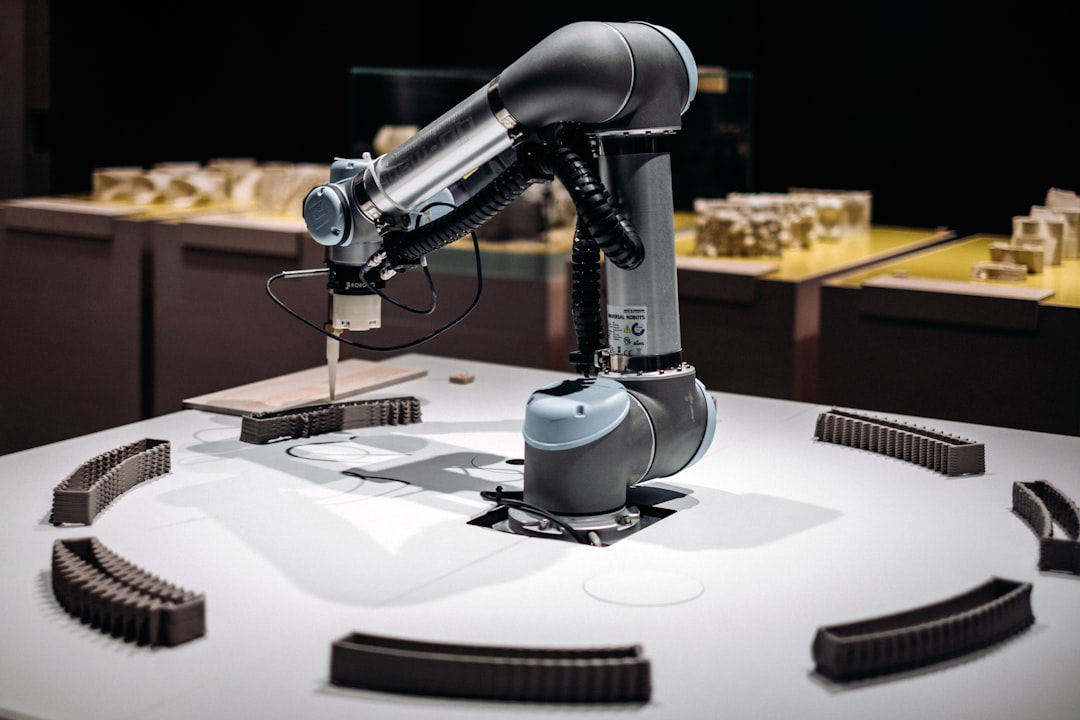What is it about?
DNA is often thought of as a genetic code that stores the information of life inside our cells. Over the past two decades, researchers have taken advantage of the predictable structure of DNA to use it as a material to build precise 2D and 3D shapes ranging from ~5-100 nanometers in size. These structures can serve as programmable supports upon which scientists can attach molecules such as drugs, imaging agents, and entities for targeted delivery. This level of design control is important because it gives way to making precision therapies, diagnostics, and research tools to better understand processes taking place inside biological systems. A challenge that faces the field is: which designs are best for each intended application? Our review covers fundamental aspects of DNA nanostructure design, assembly, and characterization. This information is then linked to the influence of design on resulting outcomes in the body.
Featured Image

Photo by Braňo on Unsplash
Why is it important?
The size, shape, and composition of a nanomaterial determines how it will travel throughout the body and interact with the variety of biological components. As the nanotechnology field continues to grow with using DNA and other nucleic acids as materials, it is important to review what researchers have discovered about the link between the design of these structures with biodistribution, efficacy, and safety. This understanding will help researchers select the best design for their application to advance more of these technologies towards research and clinical applications.
Read the Original
This page is a summary of: Nucleic acid nanostructures for in vivo applications: The influence of morphology on biological fate, Applied Physics Reviews, March 2023, American Institute of Physics,
DOI: 10.1063/5.0121820.
You can read the full text:
Resources
Contributors
The following have contributed to this page










